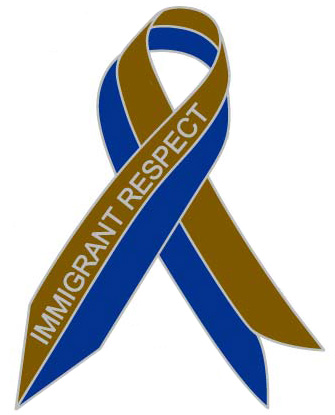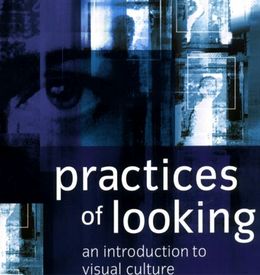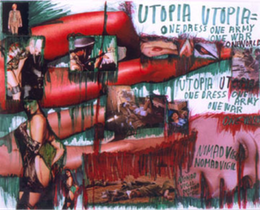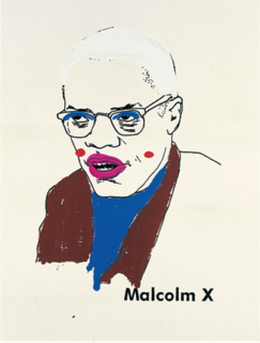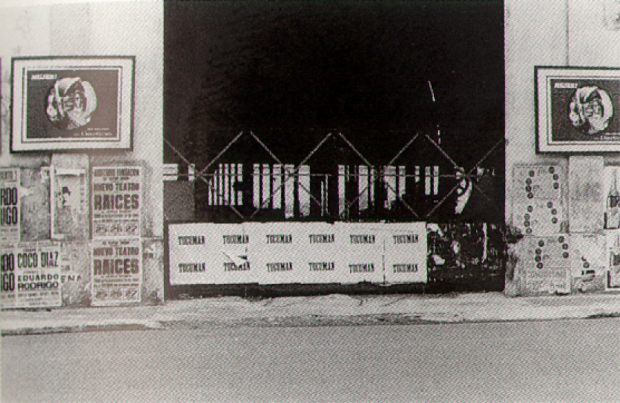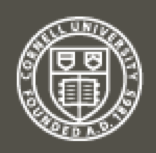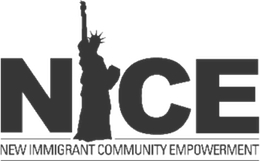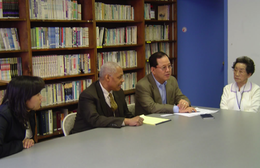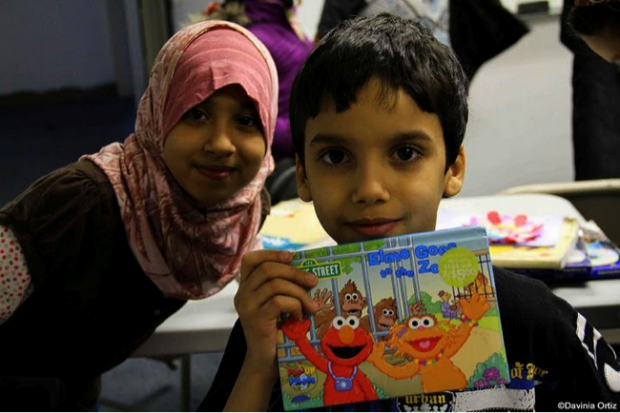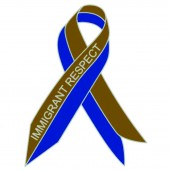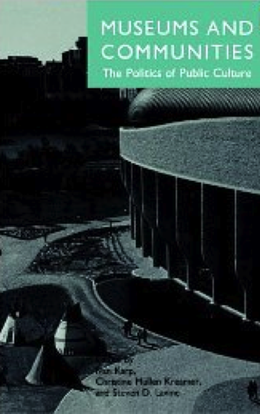
Museums and Communities: The Politics of Public Culture. Karp, Ivan, Christine Mullen Kreamer, and Steven D. Lavine.
From Library Journal:
This companion volume to Exhibiting Culture (Smithsonian Pr., 1991) contains a series of essays that illustrate both the struggles and the collaborations between museums and the communities they aim to serve. Despite the essay format, common themes emerge. As America makes the transition from an industrial age to an information age, museums must review and revamp philosophy, mission, practices, and services; attempt to reconcile frequently incompatible aims; and alter programming to accommodate more diverse constituencies. In this context, forming a strong communicative circle linking exhibits and viewers is seen as vital to restoring wholeness to our pluralistic cultural arena. The range of voices heard to great effect in the preceding book continue to speak out here. Strongly recommended.
- Vicki Gadberry, Harris Media Ctr., Mars Hill Coll., N.C.
